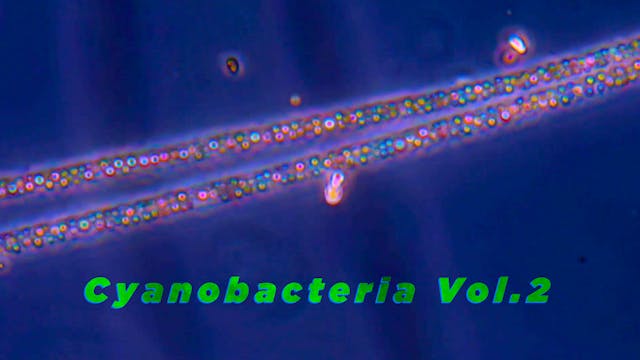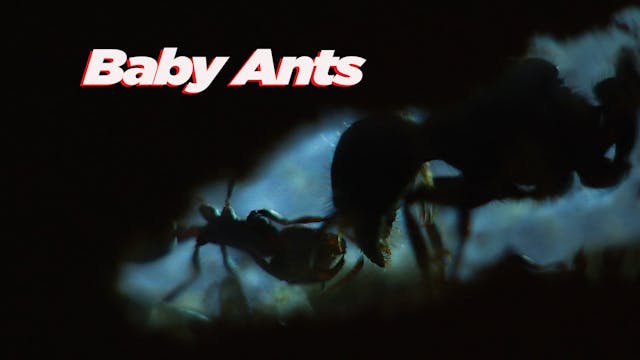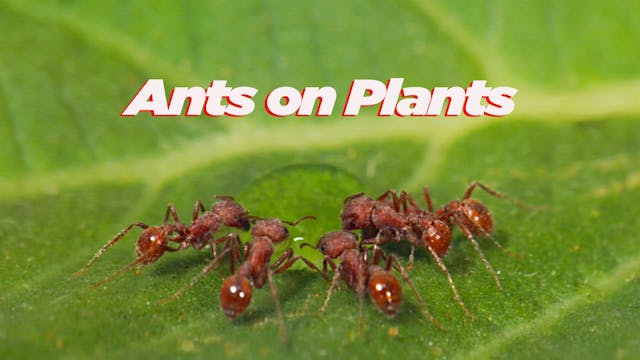Queen Ant Digs
Living Beings
•
14m
A recently-mated ant queen digs a tunnel underground in a vigorous attempt to start a new colony. Only 2% of ant queens successfully found new colonies. The initial challenge is to select a suitable location for the new colony. Next, a newly-mated queen ant must dig down into the ground, where she will lay her first batch of eggs. Once underground, she may never see daylight again. The ant queen will devote the rest of her life to producing offspring and regulating aspects of the colony through selective reproduction. This program was made in collaboration with the University of California Los Angeles, Department of Entomology.
Up Next in Living Beings
-
Cyanobacteria Vol.2
Cyanobacteria oxygenated Earth's atmosphere billions of years ago, allowing oxygen-using creatures to evolve. Cyanobacteria are also credited with devising photosynthesis and multicellularity. Today they provide 20% of Earth's oxygen. These photosynthesizing bacteria are found in many environment...
-
Baby Ants
The first generation of ants raised by a new ant queen are called minims, and they are smaller than subsequent generations of ants. Right off the bat, the young female ants will tend the developing brood and venture above ground to find food to bring back to the queen and other colony members. Ov...
-
Ants on Plants
Harvester ants climbing on plants, drinking from giant water droplets, and foraging for food. Ant colony members are constantly communicating with one another through their chemical language of pheromones, as well as tactile cues and even moving air molecules. To be able to drink the water, the a...



